EM@3AM: Hyperthermia
EMDocs
DECEMBER 16, 2023
As you attempt to examine the patient, he has a generalized, tonic-clonic seizure. A 12-lead EKG shows sinus tachycardia but is otherwise normal. What is your diagnosis, and what are your next steps in evaluation and management? 1 Fever is usually < 40C. 1 Fever is usually < 40C. Temps greater than 41.5C Temps greater than 41.5C

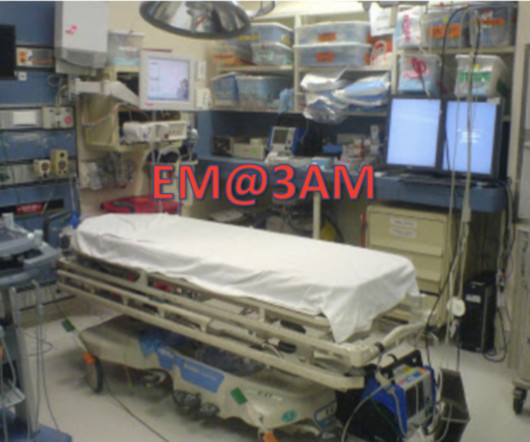
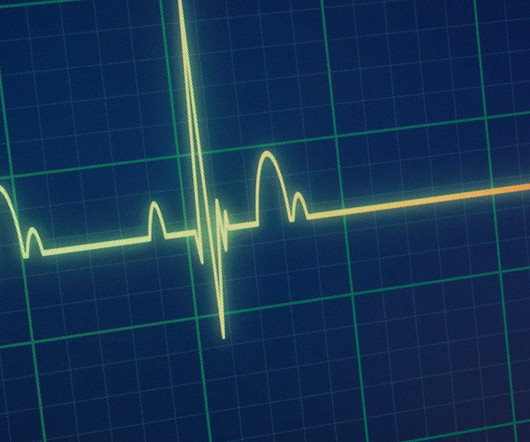

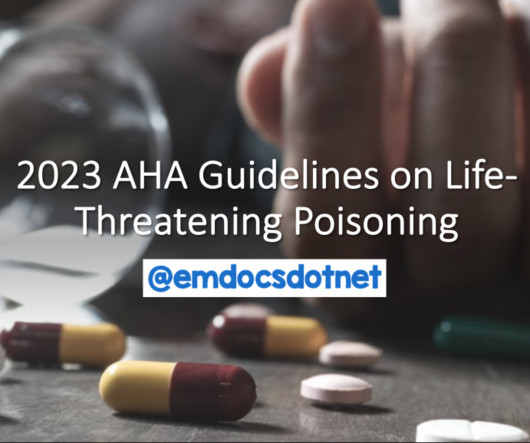
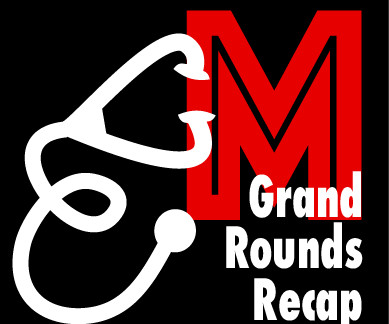
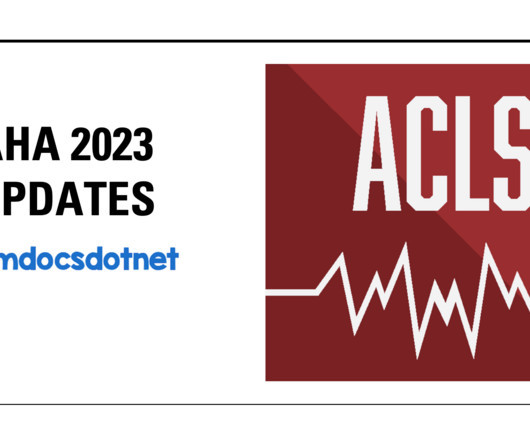
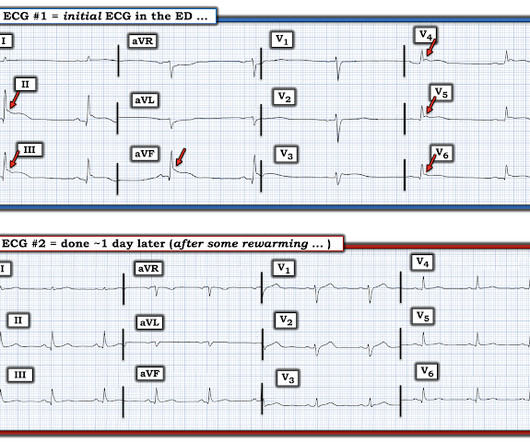
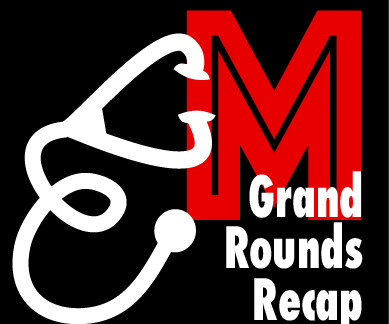
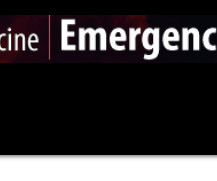
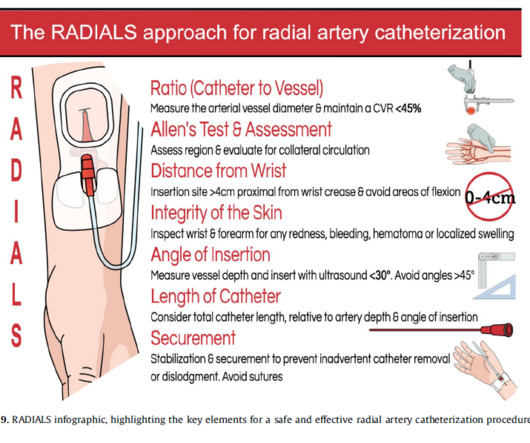


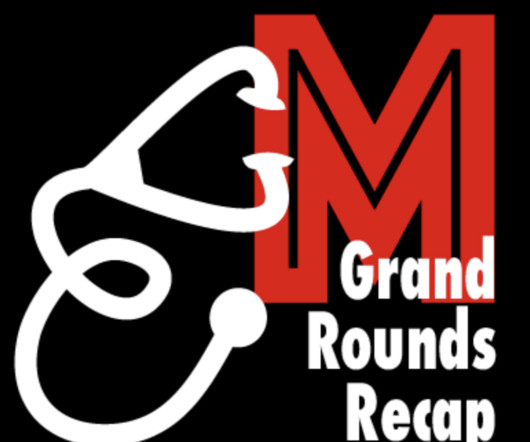






Let's personalize your content